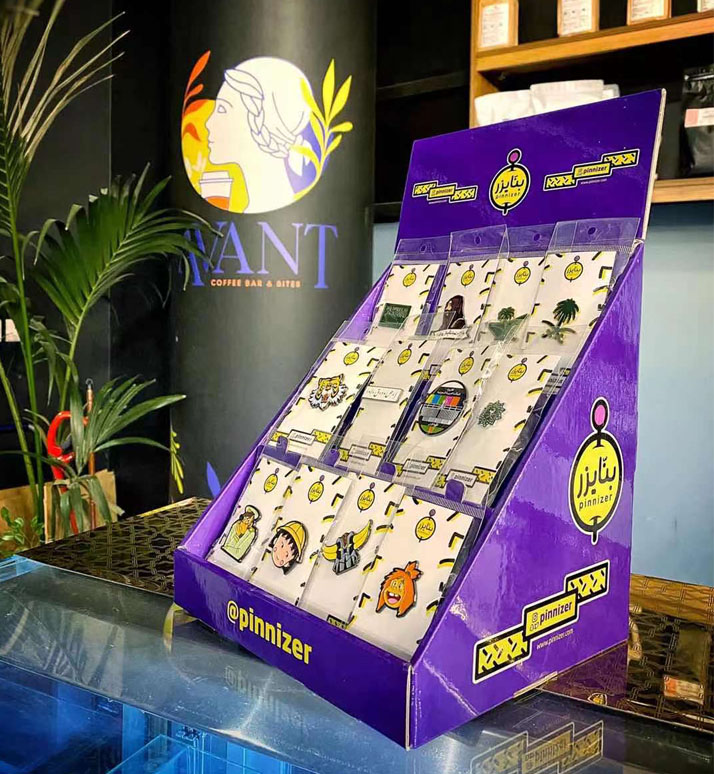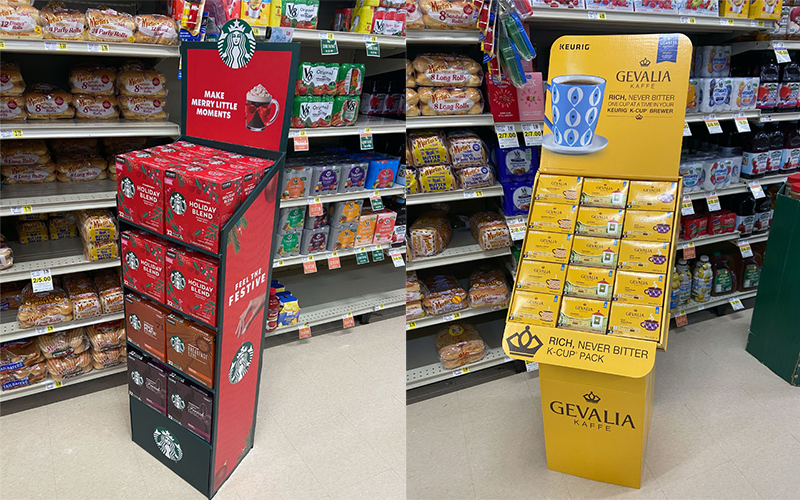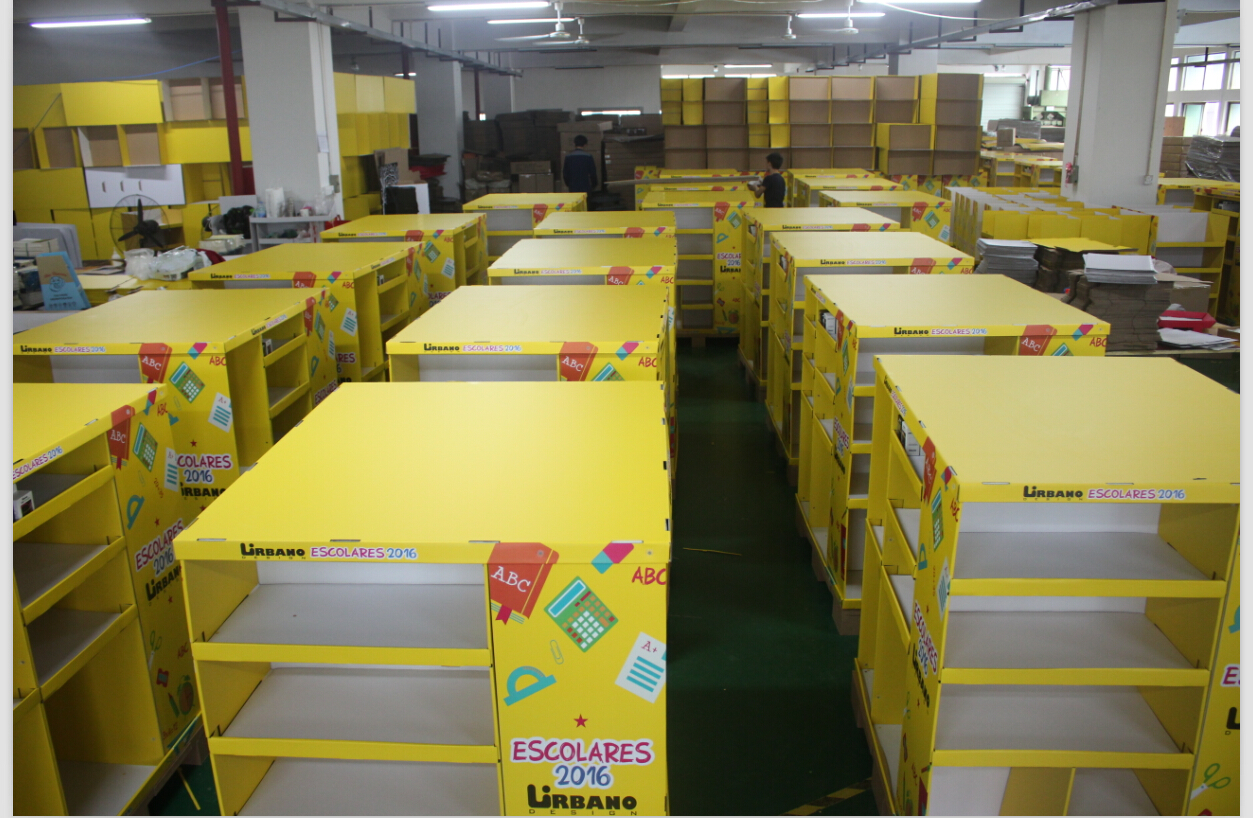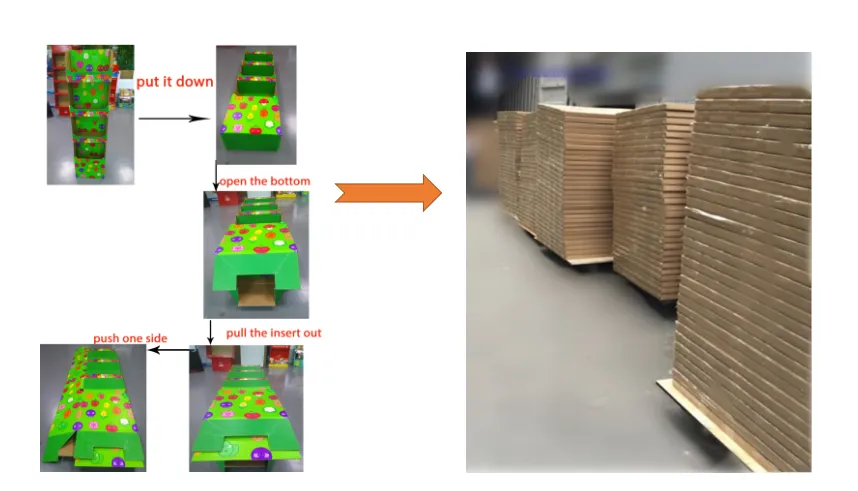Struggling to make your product stand out in busy stores? Your items get lost on the shelf, costing you valuable sales and brand recognition. Stackable PDQ trays could be your solution.
Stackable PDQ trays are an excellent solution for most retail needs because they are versatile, space-efficient, and arrive pre-filled for quick setup. They are perfect for driving promotions, launching seasonal items, or testing new products without the cost of a large, permanent fixture.
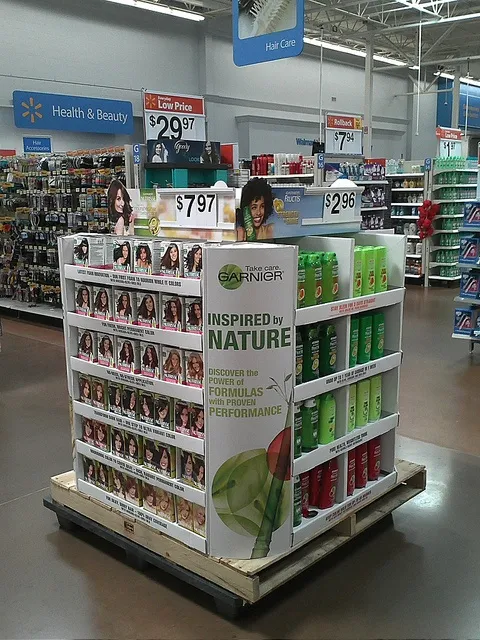
You are probably asking what a PDQ even is and if it makes sense for your brand. I get this question all the time from clients. Over my 16 years in the cardboard display industry, I have seen again and again how the right display can make or break a product's success. It is a critical piece of the puzzle. So, I want to walk you through everything you need to know about them. This will help you make a smart and confident decision for your business. Let's break it down together.
What exactly is a PDQ in retail?
Confused by all the retail jargon like "PDQ"? It feels like everyone in the industry is using these terms, leaving you to guess what they mean. Let me explain it in simple terms.
In retail, a PDQ is a ready-to-display unit, usually a cardboard tray or box that comes pre-filled with your product. Store staff can simply open the shipping case and place the whole unit on the shelf. This makes setup "Pretty Darn Quick" and keeps your branding consistent.
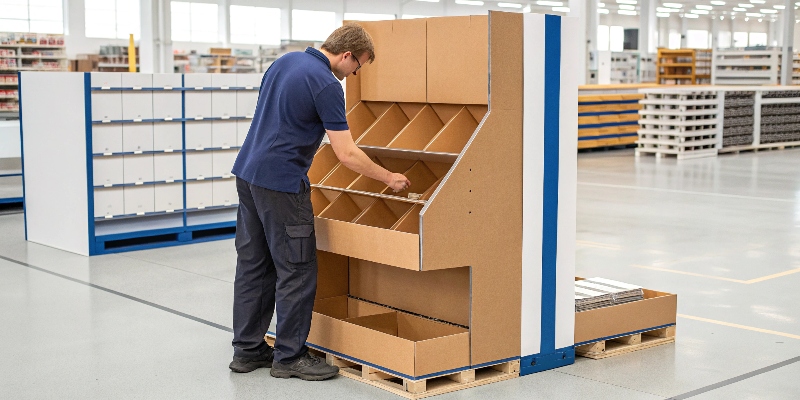
When I design a PDQ for a client, I think about its entire journey, from our factory to the customer's shopping cart. It is not just about looking good; it has to be practical for everyone involved. The core idea is efficiency.
The Journey of a PDQ
The process starts with your product. We design a tray that protects your items during shipping and displays them perfectly in the store. The products are packed into the PDQ at the factory, and then the PDQ is placed in an outer shipping carton. When it arrives at the store, an employee doesn't need to unpack individual items. They just tear away the outer carton and place the entire tray on the shelf or counter. This saves a huge amount of time.
Why Retailers Love Them
Retailers prefer products that use PDQs because it simplifies their operations. Think about a busy supermarket. Staff have thousands of products to restock. A product that can be restocked in 30 seconds versus 5 minutes is a clear winner. This efficiency is why the term "Pretty Darn Quick" has become so popular in our industry. It perfectly describes the value it brings to the retail environment.
So what does PDQ actually stand for in packaging?
You have probably heard "Pretty Darn Quick," but you might wonder if that is an official industry term. Using the wrong terminology with partners or suppliers can lead to confusion. Let's clear up what it means.
The most popular name for PDQ in packaging is "Pretty Darn Quick," which perfectly describes its main function. You might also hear "Product Display Quickly" or "Promotional Display Quantity." All these names point to the same benefit: a fast, easy, and effective display solution.
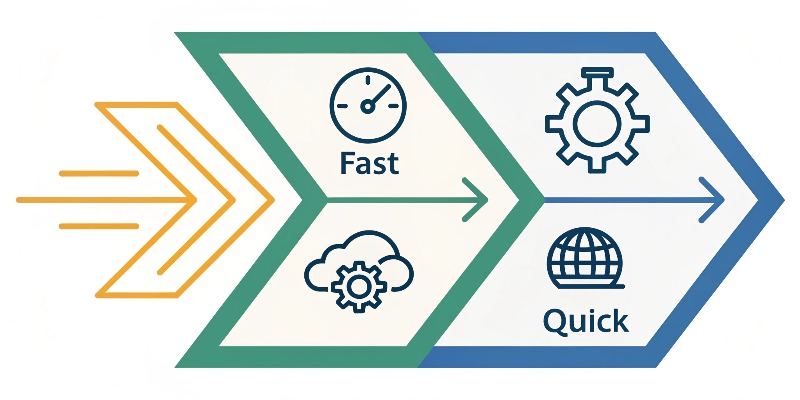
Frankly, what we call it is less important than what it does. In all my years in this business, I have learned that clients and retailers care about results, not jargon. The nickname "Pretty Darn Quick" just stuck because it’s memorable and accurate. It captures the essence of the solution. When I first started, we used more technical terms like "shelf-ready packaging" or "retail-ready trays." But "PDQ" is what everyone started using because it focuses on the number one benefit for retailers: speed.
Here are the common aternatives you might hear:
| Acronym | Full Name | Focus |
|---|---|---|
| PDQ | Pretty Darn Quick | Highlights the speed and ease of setup for store staff. |
| PDQ | Product Display Quickly | Describes the primary function of the display itself. |
| PDQ | Promotional Display Quantity | Points to its use for limited-time offers or specific quantities. |
No matter the name, the goal is always the same. We want to create a package that moves from the stockroom to the sales floor with minimal effort. This ensures your product gets in front of customers fast and looks exactly the way you designed it to.
What are the real benefits of using a PDQ?
You might be asking if investing in custom PDQ trays is really worth the cost. It is a valid concern, especially when you are managing a tight budget. You need to know if it will actually improve your bottom line.
The primary benefits of using PDQs are increased sales, superior brand visibility, and lower labor costs for retailers. PDQs ensure your product is displayed correctly, grabbing customer attention. They also protect your items during shipping and make restocking shelves much faster for store staff.
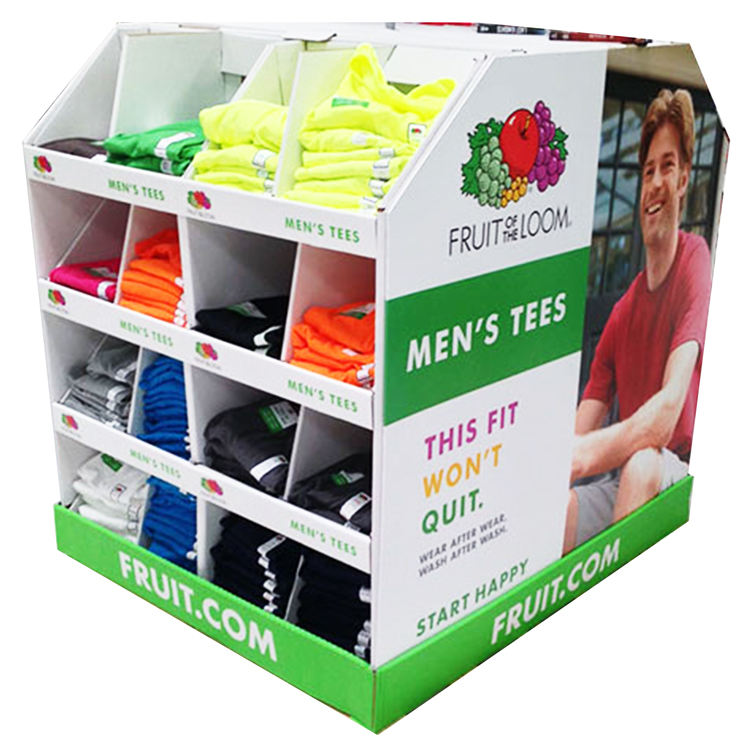
I once worked with a snack food company that was launching a new line of chips. They were hesitant to invest in a custom PDQ. They felt their product was strong enough on its own. I suggested we run a small test. We sent their chips to one group of stores loose in a standard shipping box. To another group, we sent the chips in a custom-designed PDQ tray.
The results were immediate and undeniable.
Key Benefits for Your Brand
- Total Brand Control: The PDQ is your mini-billboard on the shelf. Your colors, logo, and message are displayed exactly as you intended. No more messy, disorganized products.
- Increased Sales: The stores using our PDQ trays reported a 30% sales lift in the first month compared to the other stores. The eye-catching design simply drew more customers in.
- Better Product Protection: The tray is designed to hold your products securely, reducing damage during transit and on the shelf.
Key Benefits for the Retailer
- Huge Labor Savings: Store employees loved it. They could restock a whole tray of chips in seconds. It made their job easier, which makes retailers more likely to support your brand.
- Optimized Shelf Space: We designed the PDQ to fit perfectly on standard retail shelves, maximizing space and creating a neat, organized look.
That test proved my point. The small upfront investment in a good display paid for itself many times over.
How is a PDQ different from a POS display?
The world of retail displays is filled with acronyms. PDQ, POS, POP, FSDU... it can feel overwhelming and confusing. You worry you might ask for the wrong thing and waste time and money. Let's clear up the difference.
A PDQ is a specific type of POS (Point of Sale) display. "POS" is a very broad category that includes any marketing material placed where a sale happens. A PDQ is a shelf-ready tray, while POS also includes things like large floor displays, posters, or banners.
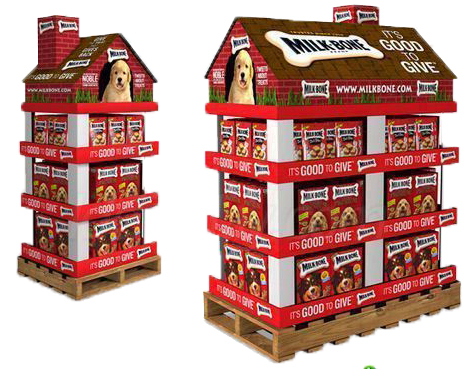
Think of it this way: "POS Display" is the general family name. Under that umbrella, you have many different family members, each with a specific job. I always encourage my clients to think about where and how they want their product displayed before we talk about design. Precision is key.
Understanding the Display Hierarchy
The terms "Point of Sale" (POS) and "Point of Purchase" (POP) are often used interchangeably. They refer to all the marketing materials you see in a retail store designed to influence a buying decision.
Here are some common types of POS/POP displays:
| Display Type | Name | Primary Location |
|---|---|---|
| PDQ Tray | Pretty Darn Quick Tray | On the shelf or counter |
| CDU | Counter Display Unit | At the checkout or service counter |
| FSDU | Free Standing Display Unit | In the aisle or open floor space |
| Pallet Display | Pallet Skirt/Display | At the end of an aisle or in a wide-open area |
When a designer like Peter comes to me and says he needs a "POS display," my first question is always, "What kind?" If he needs something that sits on a shelf and holds 12 units of his product, he needs a PDQ. If he needs a big, standalone display for a major promotion, he needs an FSDU. Being specific ensures we design the perfect tool for the job.
Conclusion
In short, stackable PDQ trays are a simple yet powerful tool. They help you control your brand, boost sales, and make life easier for retailers. Now you're equipped to decide.



